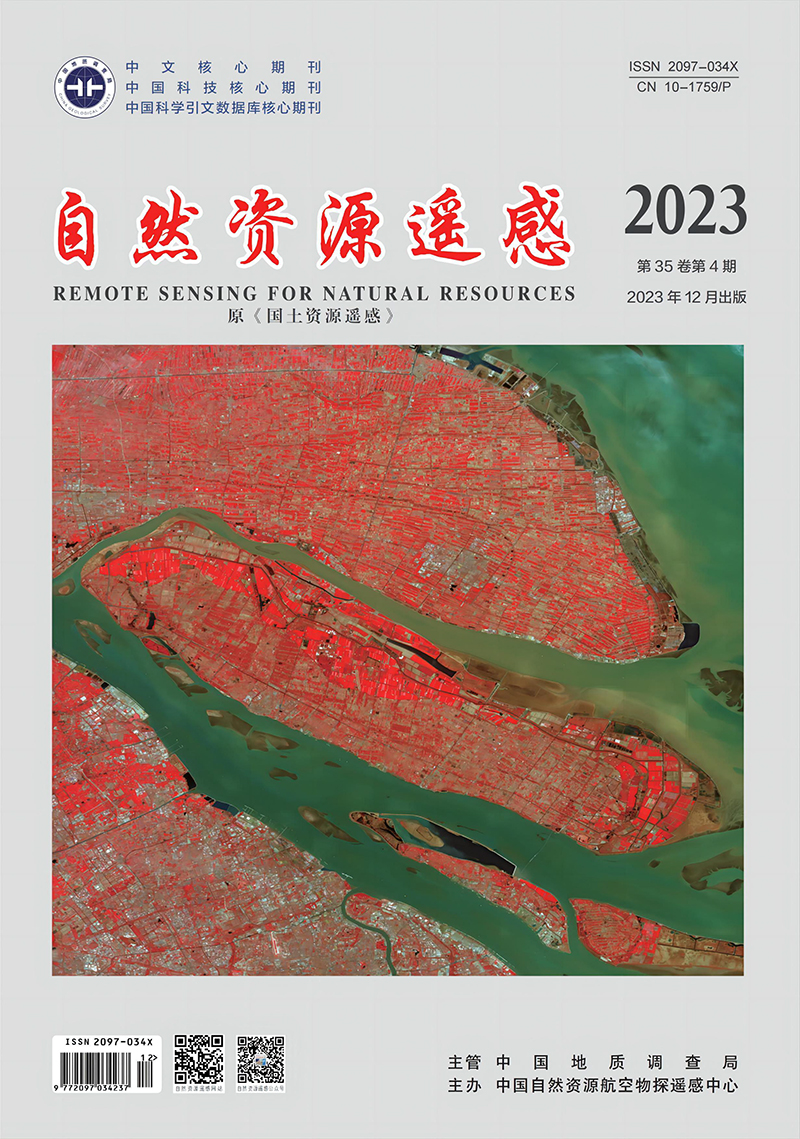CUI Dunyue, WANG Shidong, ZHANG Xuejun. 2023. A remote sensing-based study on change in land use and vegetation cover in Xiong’an New Area from 1991 to 2021. Remote Sensing for Natural Resources, 35(4): 214-225. doi: 10.6046/zrzyyg.2022311
| Citation: |
CUI Dunyue, WANG Shidong, ZHANG Xuejun. 2023. A remote sensing-based study on change in land use and vegetation cover in Xiong’an New Area from 1991 to 2021. Remote Sensing for Natural Resources, 35(4): 214-225. doi: 10.6046/zrzyyg.2022311
|
A remote sensing-based study on change in land use and vegetation cover in Xiong’an New Area from 1991 to 2021
-
1. School of Surveying and Mapping and Land Information Engineering, Henan University of Technology, Jiaozuo 454000, China
-
;2. The Second Institute of Geology and Mineral Resources of Henan Bureau of Geology and Mineral Resources Exploration and Development, Zhengzhou 450001, China
More Information
-
Corresponding author:
ZHANG Xuejun
-
Abstract
This study aims to analyze the changes in the land use and vegetation cover in the Xiong'an New Area from 1991 to 2021. To this end, this study explored the characteristics of the land use changes in the area over the 30 years based on the Landsat TM\OLI data of five periods using the GIS technology and map fusion method. Then, it extracted the vegetation cover information using the dimidiate pixel model and analyzed the changes in the vegetation cover. Furthermore, this study explored the potential factors driving the vegetation cover change in the area using the geographic detector model and analyzed the impact of land use change on vegetation cover change by referencing the existing map fusion method. The results show that: ① From 1991 to 2021, the construction land in Xiong’an New Area increased by 108.09 km2, primarily transformed from farmland and other types of land; other types of land reduced by 108.17 km2, predominantly transformed to farmland; forestland and grassland increased by 11.56 km2, mainly transformed from water areas and other types of land; the water area decreased by 38.76 km2, mainly transformed to farmland and other types of land; and the area of farmland roughly remained unchanged; ② Over the 30 years, the Xiong’an New Area generally exhibited high vegetation coverage, and the area with moderate and high vegetation coverage and above accounted for more than 50.00%. The vegetation coverage in the Xiong’an New Area presented an overall spatial distribution pattern characterized by high in Anxin County, moderate in Rongcheng County, and low in Xiong County. Regarding the phased changes, this area showed a degradation trend from 1991 to 2001, and the area with degraded vegetation cover accounted for 39.15%. From 2001 to 2021, this area exhibited an improvement trend, the area with improved vegetation cover accounted for up to 47.55%; ③ The vegetation cover change showed spatial differentiation, significantly affected by the population density, GDP, soil type, and soil quality but slightly affected by the elevation and slope. The transformation of construction land and other types of land to farmland acted as an important reason for the improvement in vegetation cover, while the transformation of farmland to construction land and other types of land served as an important reason for vegetation degradation. The results of this study can, to some extent, provide a scientific basis and suggestions for the sustainable development of Xiong’an New Area.
-

-
-
Access History







 DownLoad:
DownLoad: